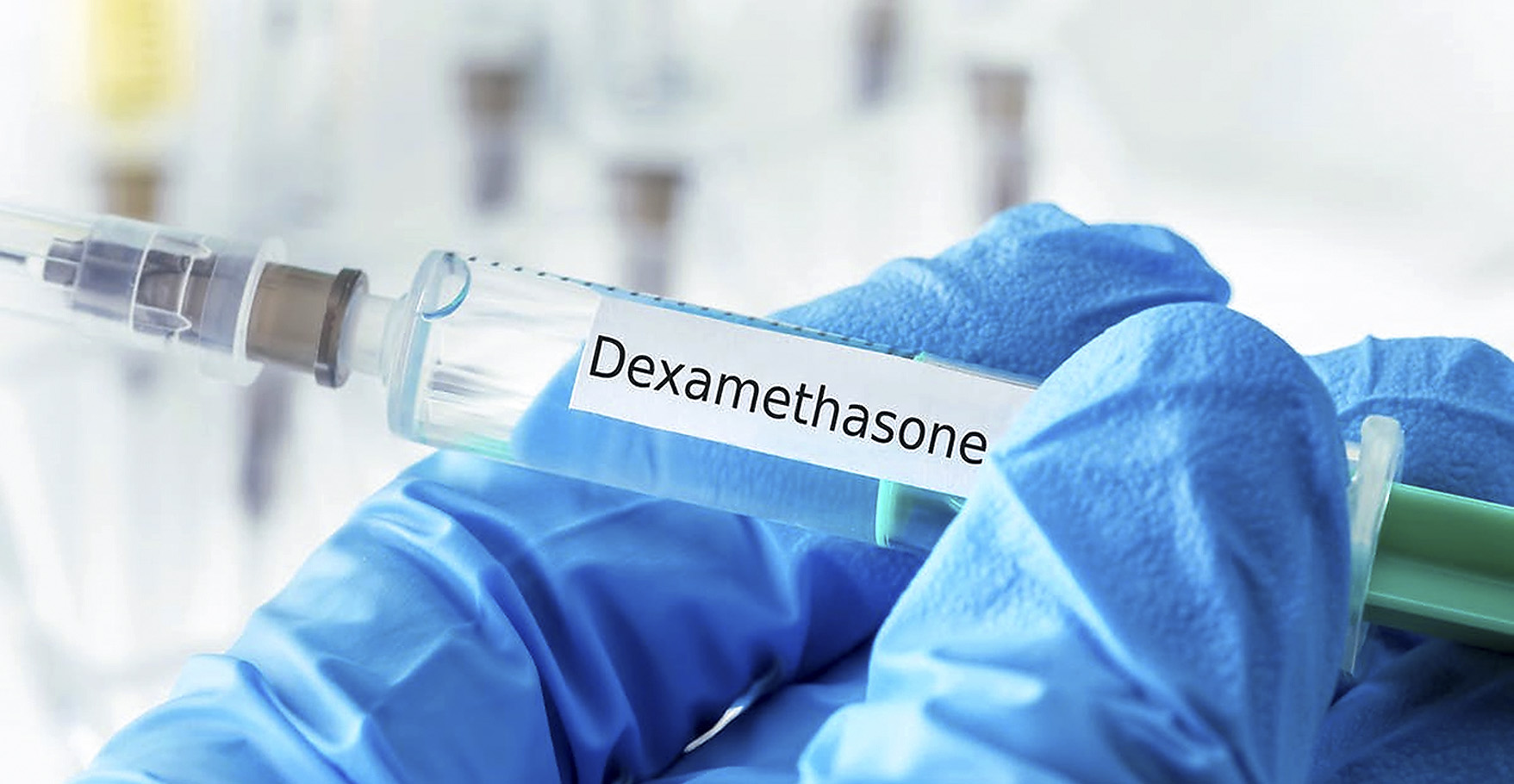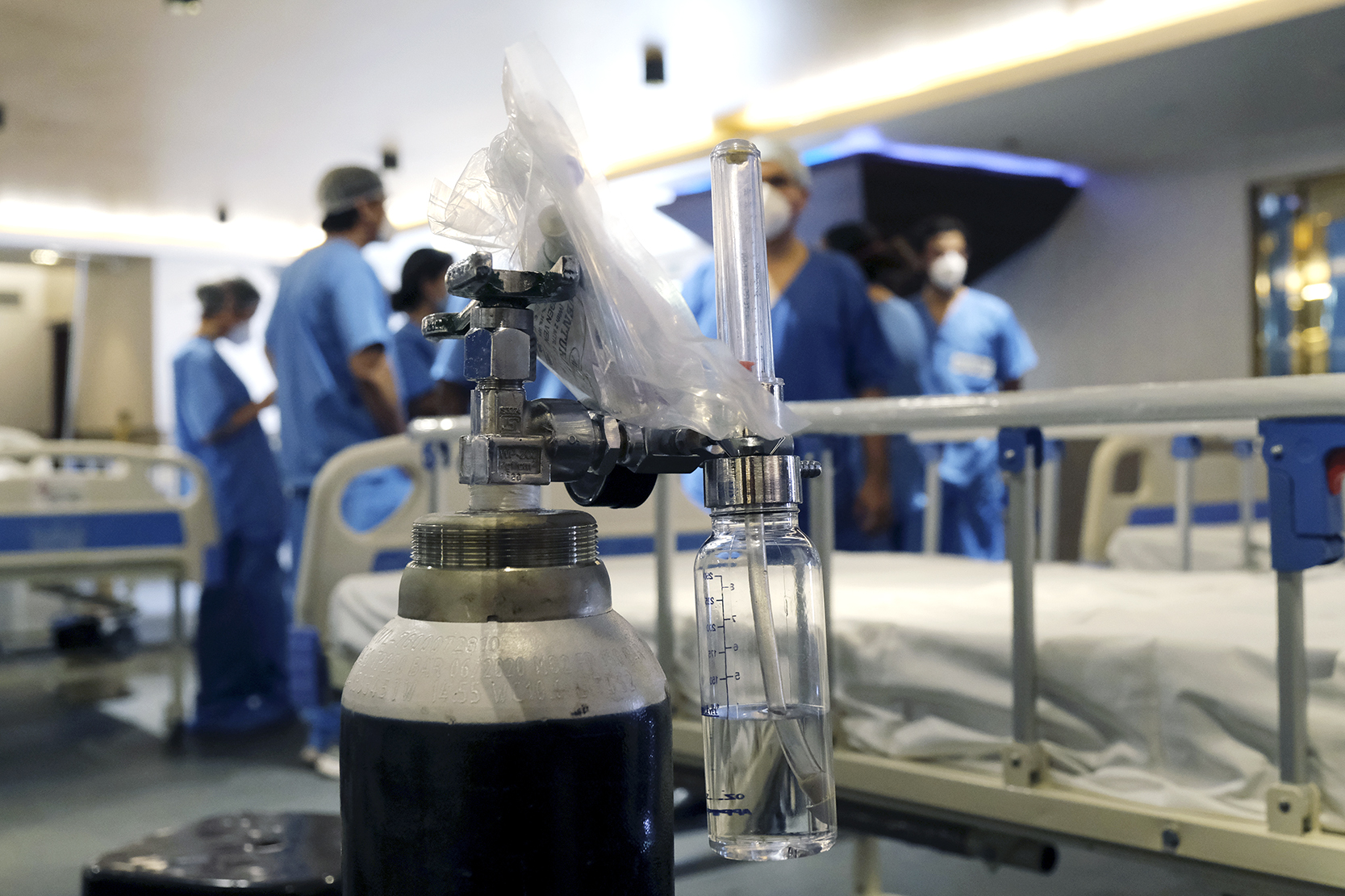The Covid-19 outbreak in the Western Cape initially grew far more quickly than other provinces, but the rest are catching up rapidly. Gauteng’s count of confirmed cases in the past few days surpassed that of the Western Cape.
As of 13 July, Gauteng had reported a total of 103,713 confirmed cases, while the Western Cape reported 79,344.
With the Western Cape and Gauteng making up just under two-thirds of the country’s total confirmed infections, we asked the departments of health in these two provinces about their preparations.
Western Cape’s peak to be ‘flatter, later and longer’
Western Cape Premier, Alan Winde, in a recent digital press conference, told members of the media that the province’s peak was likely to be “flatter, later and longer” than previously thought.
According to new projections from the National Covid-19 Epi-Model (NCEM), the province’s peak will likely occur from the end of July to the beginning of August, said Winde.
“This peak is also flatter than was originally projected. This means that we will not have as many hospitalisations and deaths at the peak as we originally thought.” However, this flatter trajectory could last longer, meaning that the first peak could only end in late November.
Enough beds, but not the right kind
The NCEM now projects that 5,450 beds would be needed when infections peak, which is considerably lower than previous projections from April and May. Currently, the Western Cape has a combined total of 5,915 acute and critical care beds in the public and private health sectors and in field hospitals. This surplus, however, is not for the correct type of bed and leaves the province short of 550 critical care beds.
The difference between an acute and a critical care or ICU bed is not set in stone. Dr Greg Calligaro, a specialist pulmonologist at Groote Schuur Hospital, explained to Spotlight that the difference in beds referred to the level of monitoring and the type of nursing the patient would need. For example, ICU beds require specially trained nurses and constant supervision.
Western Cape health spokesperson, Mark Van Der Heever, said, “Acute [beds] is for people with moderate conditions and ICU is for critical patients with severe illness and who require ventilation, although with high-flow oxygen this can be provided at an acute bed as well.”
Van Der Heever said based on the latest modelling, the province will have sufficient beds. “However, based on our modelling, if we compare our expected demand against capacity, we will have a shortage of critical beds,” he said.
“Mitigation steps we have put in place [include the] use of [high-flow nasal] oxygen therapy, [and the] use of steroid [Dexamethasone] therapy. We are [also] training more of our current nurses in [critical care],” he said. The department previously stressed that the challenge is not simply a shortage of critical care beds, but also a shortage of healthcare workers trained to provide critical care.

Dexamethasone. (Photo: theconvercation.com / Wikipedia)
“The priorities of the department are to ensure that all patients get the best possible care in response to the Covid-19 pandemic. Our health response is characterised by ensuring the right resources are available. The vulnerable and high-risk groups are also being targeted as part of our hotspot strategy, to try and find the patients at the highest risk of severe Covid-19 to ensure better health outcomes,” he added.
Oxygen shortages not expected, more ventilators on the way

Oxygen and ventilator shortages could be cause for concern in the Western Cape. (Photo: T Narayan / Bloomberg via Getty Images)
For patients with severe Covid-19 disease, the use of high-flow nasal oxygen (HFNO) and, in most severe cases, mechanical ventilation, are an absolute necessity. This means that oxygen and ventilator shortages could be cause for concern.
Van Der Heever said the province had 324 ventilators with another 70 on the way, and over 160 HFNO machines. HFNO can be provided at all acute beds and in all hospital (including field) facilities, he said.
Previously, Spotlight reported on concerns over potential oxygen shortages in some of the province’s most impacted hospitals, but Van Der Heever assured that shortages are not expected at this time. “We use 29 tons [of oxygen] daily (58% of capacity) of which the utilisation changes daily, but we have sufficient supply of oxygen and we monitor it daily,” he said.
Gauteng expected to peak early September
Current modelling projects that Gauteng will only see the epidemic peak in September.
Gauteng health spokesperson, Kwara Kekana, said the province’s priority was to save lives and provide dignified services to those in need. “Gauteng is continuously setting up necessary infrastructure and increasing our human resource personnel in preparation for the peak,” said Kekana.
Bed shortages not expected “at the moment”

National Health Minister Zweli Mkhize visited Tshwane District Hospital on 10 July 2020 to monitor its level of preparedness and to support staff working tirelessly during the pandemic. (Photo: Gallo Images / Frennie Shivambu)
In the province’s latest media briefing, it was announced that Gauteng had 8,730 combined acute and critical care/ICU beds in the public and private sectors, with plans for an additional 2,171 beds to be added to public health facilities.
Kekana told Spotlight that the province also planned to purchase 1,500 critical care beds from the private sector.
In addition, the province planned to create another 1,575 beds using Alternative Building Technology at five hospitals. All beds are set to be ready by the end of this month.
Though the province is working to increase bed capacity, provincial modelling projects that there will be a need for between 8,000 and 10,000 ICU beds and between 55,000 and 71,000 acute beds during the peak.
Gauteng responds to oxygen supply concerns
Previous media reports raised potential red flags over the province’s limited oxygen availability at facilities such as the Nasrec field hospital. Kekana, however, said that there were measures in place to ensure supply.
“Bulk medical oxygen replenishment or reorder levels have been adjusted to 50% of the tank capacity, taking into consideration the distance to be travelled from the supplying plant. This means that Afrox, being the biggest supplier, will dispatch a tanker to make a delivery to [the] hospital as soon as our telemetry system triggers the alarm indicating that the tank level is at 50%,” she said.
It is unclear how many beds in the province have oxygen capabilities, but Kekana said that all ICU beds had ventilators. Spotlight requested clarity on the exact number of ventilators in the province but did not receive a response by the time of publication.
Field hospitals
In the Western Cape, two field hospitals have opened with two more set to open in the near future. The Cape Town International Convention Centre (CTICC), renamed the Hospital of Hope, has currently used 862 beds. The Thusong Centre in Khayelitsha has also opened, with 68 beds available.
Brackengate field hospital is scheduled to open sometime this month, with a provisional allocation of 338 beds. The Cape Winelands, Sonstraal Hospital facility will open in phases with a further 150 beds.
In Gauteng, five sites have been identified for field hospitals, but so far only Nasrec has opened with 500 beds, while plans are underway for an additional 800 beds.

Gauteng MEC Dr Bandile Masuku visited Nasrec quarantine and isolation site in Johanneburg on 3 July to inspect facilities and monitor patient care. The site became operational on 15 June. (Photo: Gallo Images / Dino Lloyd)
Recently, healthcare workers from Nasrec issued an urgent plea for oxygen concentrators for the facility to treat more severe patients. The facility, originally designed for patients who would not need oxygen, must now adapt in response to the growing number of infections in the province.
National health department spokesperson, Popo Maja, explained that the difference between field hospitals and traditional ‘brick and mortar’ hospitals is that field facilities are temporary.
“They are facilities that [are] repurposed [to] care for patients who need hospitalisation but do not have full equipment as a hospital.”
Patients who need to be admitted to ICU would not be treated in a field hospital, and the decision to admit a patient is up to clinical staff, Maja said. The NICD’s clinical guidelines concerning patient admission can be found here.
Protecting healthcare workers and maximising resources
Though both the Western Cape and Gauteng are facing different challenges, both provinces made it clear to Spotlight that protecting healthcare workers was a top priority.
“The biggest challenge is taking care of our staff and ensuring their health and wellbeing, which [maintains] our essential services to the public,” said Van Der Heever.
Data provided to Spotlight showed that the province was facing a shortage of 2,541 healthcare workers, including 1,018 nursing posts. On Sunday evening, Ramaphosa said the country has a shortage of over 12,000 healthcare workers.
Similarly, Kekana said that Gauteng struggled with issues of staff fatigue and protecting staff against infection. In terms of staff, she said the province was continuing to hire doctors and nurses for field hospitals. By the time of publication, Kekana could not provide Spotlight with any further information concerning staff shortages in the department.
Spotlight will at a later stage also report on preparedness in other provinces. DM/MC
This article was produced by Spotlight – health journalism in the public interest. Sign up for our newsletter.






 Become an Insider
Become an Insider